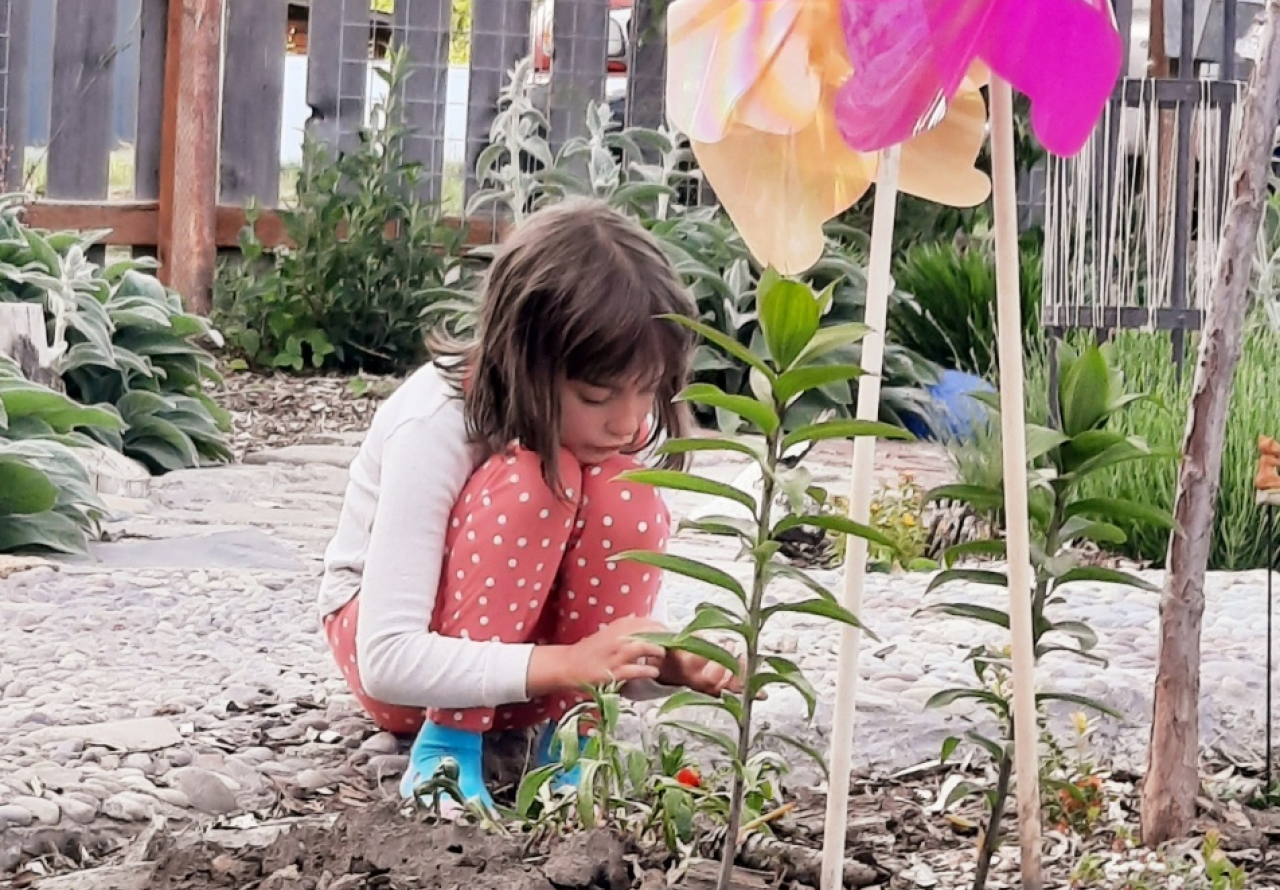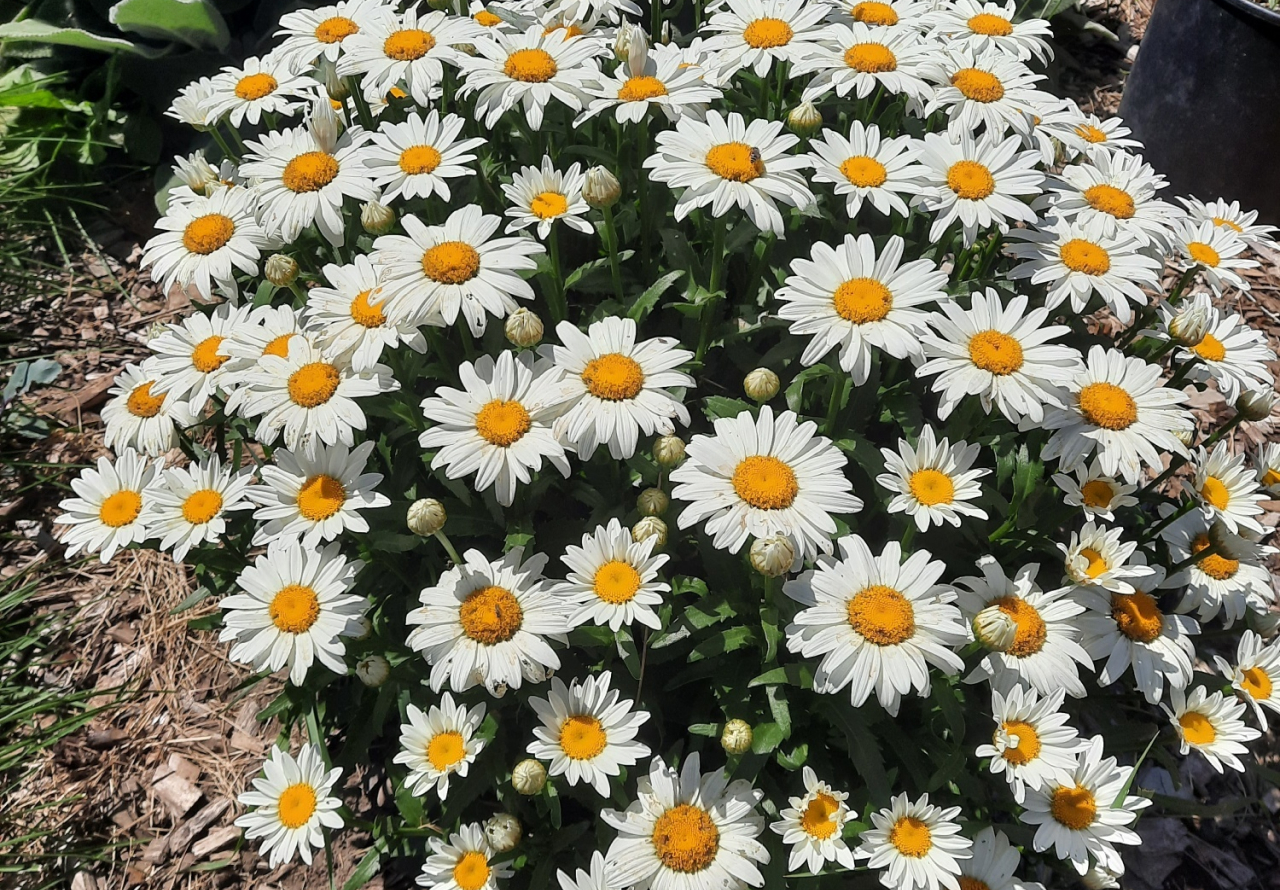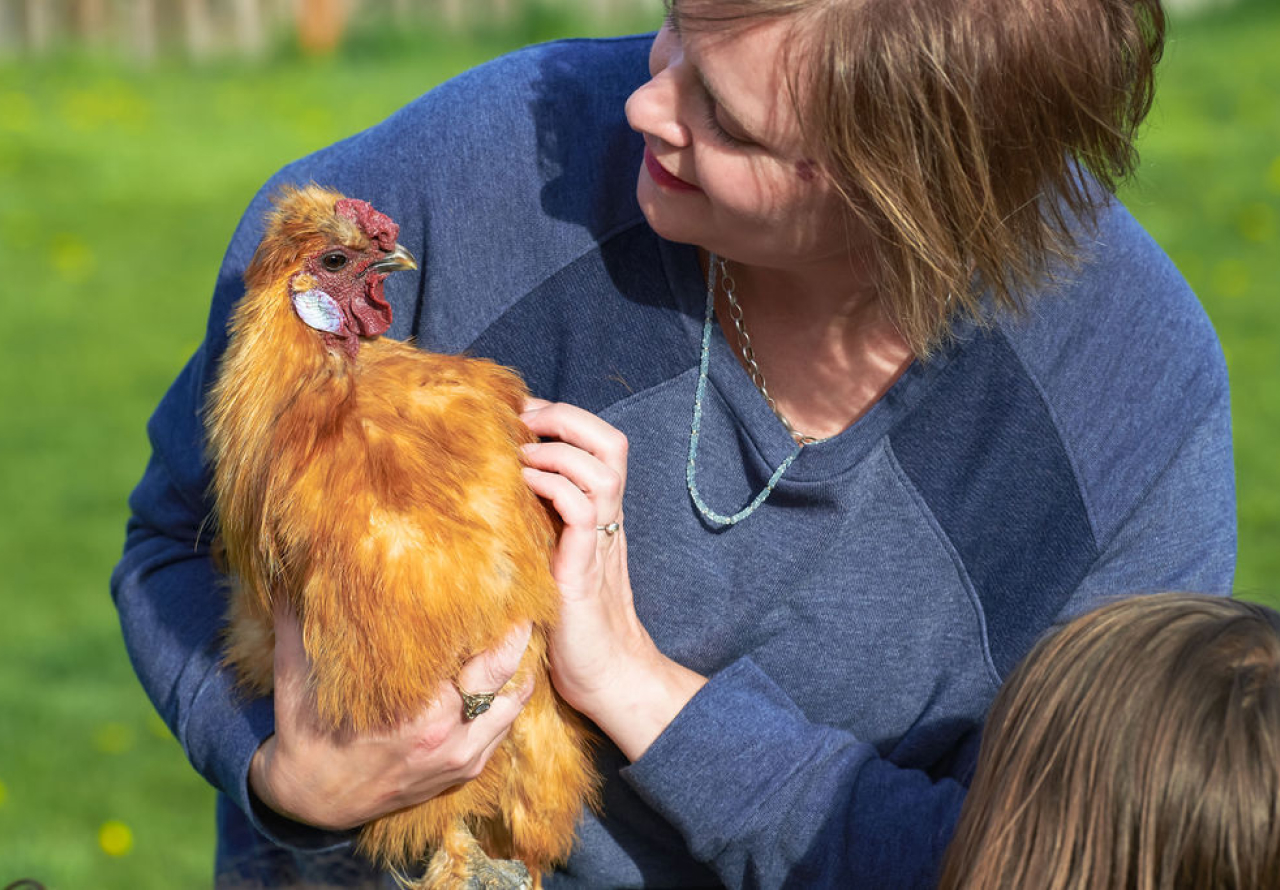
I’d like to start this post with a story, one of the most moving stories I’ve heard about how nature can reach a child through their sensory experience, connecting with the deepest part of them. This story is a recap of a conversation I had with a former Director of a small, rural nature center in the Midwest.
The nature center was a frequent destination for elementary school field trips. That day a school bus loaded with 5th graders came to the center for a ½ day visit. Not that long after they arrived, the Director, looking for the teacher, walked through the group of children who were immersed in their natural learning activities with staff. She spotted the teacher standing away from the group, crying.
Immediately she went over and asked the teacher if she was ok and if everything was alright. The teacher responded by saying, “Everything’s amazing.” She went on to tell the Director that she had just been approached by one of her students, a boy with autism. This boy had been nonverbal since birth. Within 20 minutes of being at the nature center, he came to her a said, “This place is SO beautiful and the air smells so GOOD.”
Dang it. I get overcome with emotion every time I think about this story. We don’t fully understand the depth of what nature gives us. We may never truly understand how nature opened a door for this child that allowed him to speak for the first time in his life, a full sentence no less. The words were always there inside him. Nature helped him let it out. More specifically, I’ll wager, his sensory experience of nature helped him let it out.
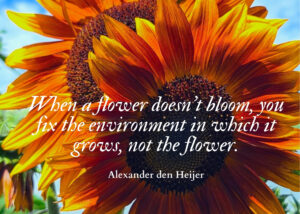
We all perceive the world through our senses. Our sensory system receives information <Whoa, that’s hot. I’m standing too close to the campfire!” Or, “Something smells good…Woo hoo, mom made cinnamon rolls!> Our senses work together seamlessly communicating information to our brain helping us make sense of our world.
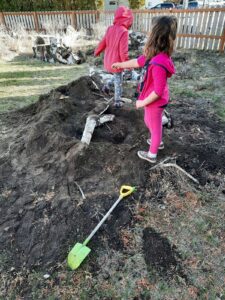
Digging in the dirt is a multi-sensory experience, especially when there's tools, loose parts, and friends involved!
All children need experiential, nature-based sensory play. Our sensory systems (and neurological system and brain...) only develop when they’re stimulated. There’s tons of research to back up what I’m saying here: the more sensory-rich a child’s daily environment, the greater the development of their sensory system, their brain, their motor skill development, their imagination, and other beautiful things.
Most of the magic happens from birth to the age of 10, when a child’s systems are developing, flexible, and trying to soak up all the sensory information they can. Being immersed in a sensory-rich environment is good for all of us. Developmentally, children MUST be immersed in constant, varied sensory experiences so they can develop in the way they were meant to.
And, it’s simple. A sensory-rich environment is a nature-rich environment.
Now, we don’t all experience the world in the same way, therefore we don’t all understand the world in the same way. Children and people with autism experience the world very differently, in large part, because their sensory system processes information very differently. For someone without autism or sensory processing disorder (SPD), toe seams in socks may be unnoticeable. For some with autism or SPD, toe seams may be so irritating that they can’t concentrate on learning. A fire truck siren may hurt our ears temporarily, but for a child with autism or SPD hearing a blaring siren may cause severe physical pain.
Additionally, kids with autism and sensory processing disorder may be hypersensitive or hyposensitive in one or more of their senses. A child who’s hypersensitive is getting too much information from the world around them (system overload). One who’s hyposensitive is not getting enough information (system underwhelm). Either way, this sensory imbalance forces children to seek activities and spaces that help bring them into sensory balance. Often their sensory experiences and sensitivities cause them discomfort, confusion, frustration, and sometimes even pain.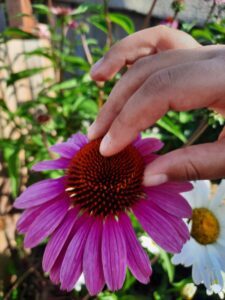
The most important thing I realized, in 20+ years of designing outdoor spaces for children, is that good design for children with autism is good design for ALL children. And, that is the foundation from which I design and advocate.
So, how can we create nature play spaces at home that stimulate children's sensory systems, and by extension, their bodies, brains, imaginations, hearts, and spirits?
There are 7 sensory systems that gather information
We all know the 5 senses: touch, sight, taste, small, and sound.
But, there are 2 sensory systems that are underrepresented, yet critical to understanding child development and growth: the vestibular system and the proprioceptive system, or proprioception.
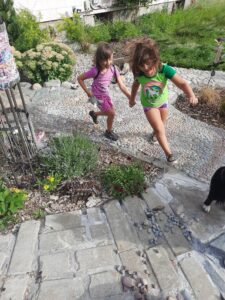
Running and walking are vestibular activities.
The vestibular system is located in our inner ear. If you’ve ever experienced vertigo, that’s your vestibular system gone haywire. This system responds to the position of the head in relation to gravity and accelerated or decelerated movement <Am I upside down? Am I right side up? Am I sideways?> Swinging and spinning are vestibular activities.
Proprioception is the sense of your own body in space, without the use of other senses such as sight or touch. <I can walk past this table without bumping into it.> It’s also knowing where your limbs are relative to each other. <Can you close your eyes and touch your nose?> It’s how your body communicates with your joints, tendons, and muscles. <My brain knows how much force my hand and fingers need in order to pick up a paper cup full of water without splooshing it all over the place.> Issues in proprioception revolve around motor coordination, body awareness, and balance.
Once you start looking at play and learning activities from the perspective of sensory experiences, you'll gain a whole new appreciation for simple activities like playing in the sand, exploring the local creek, and walking barefoot in the grass.
Check out my other posts that go in-depth on each sensory system, and which nature play features and activities are the best for each one.
Check out my eBook, Nature Play for the 7 Senses: A Parent’s Guide for Natural PLay & Learning Spaces for ALL Children
